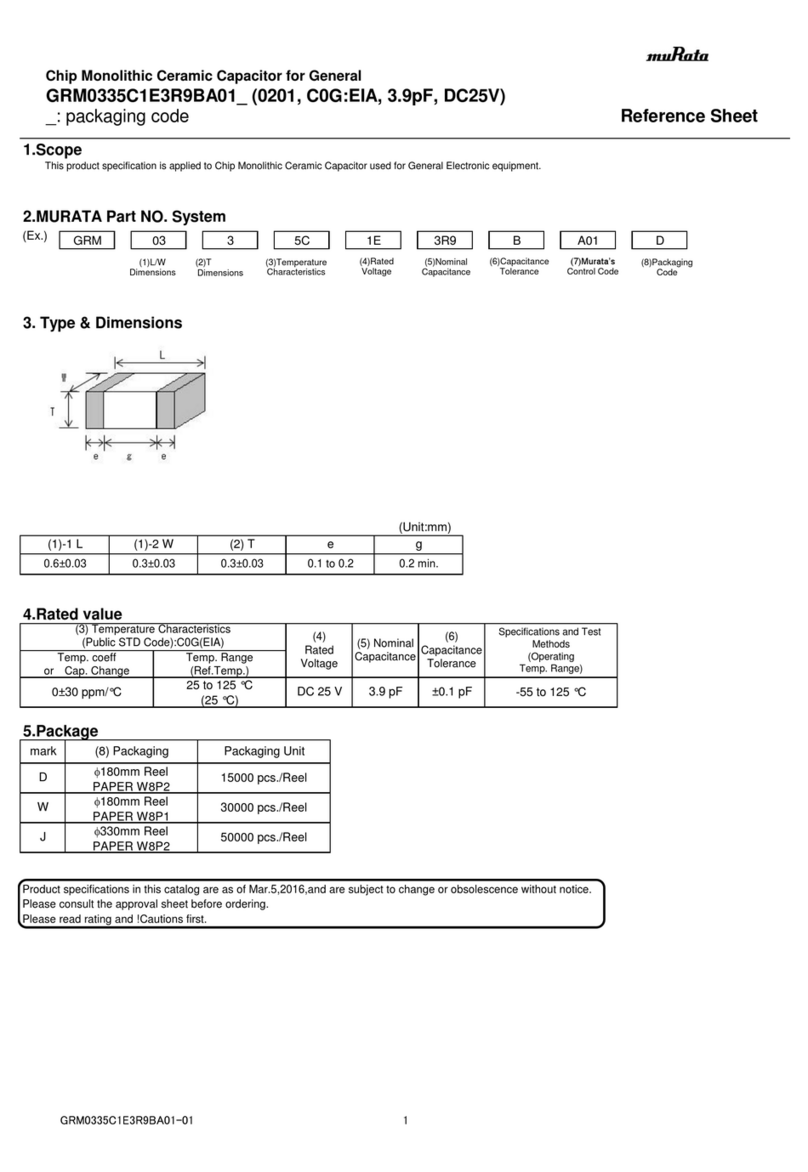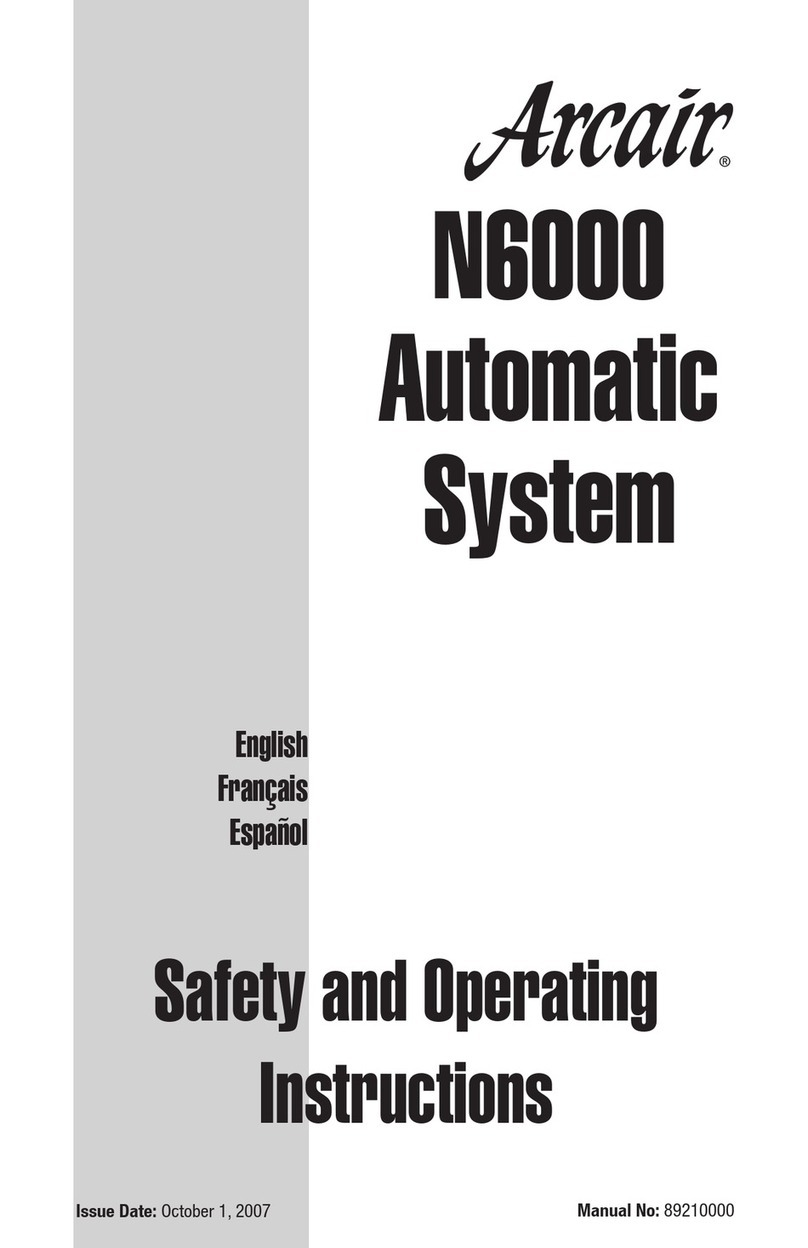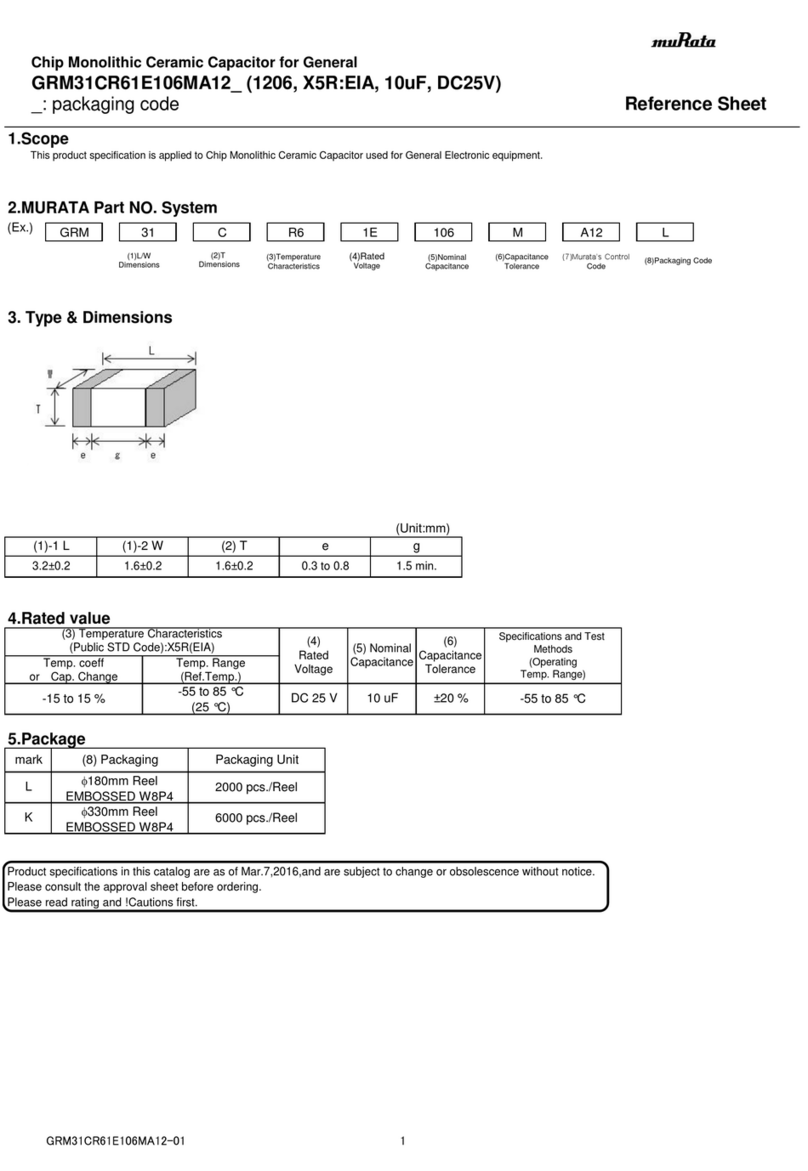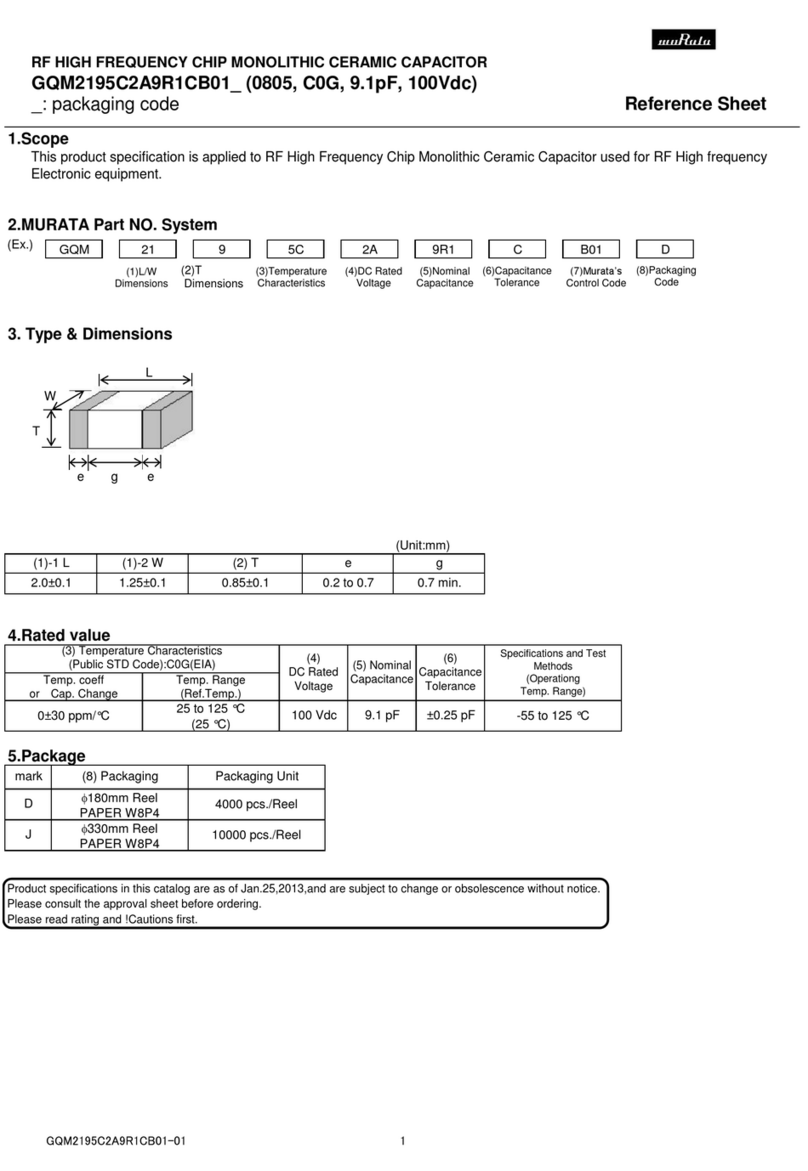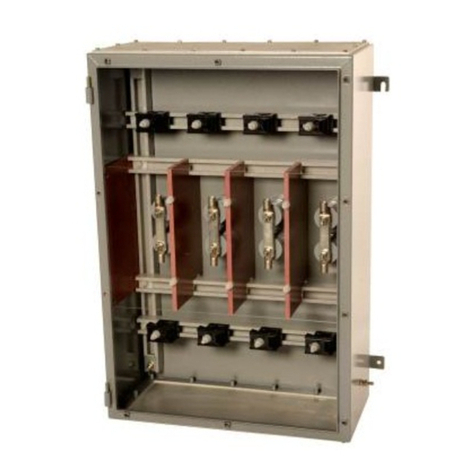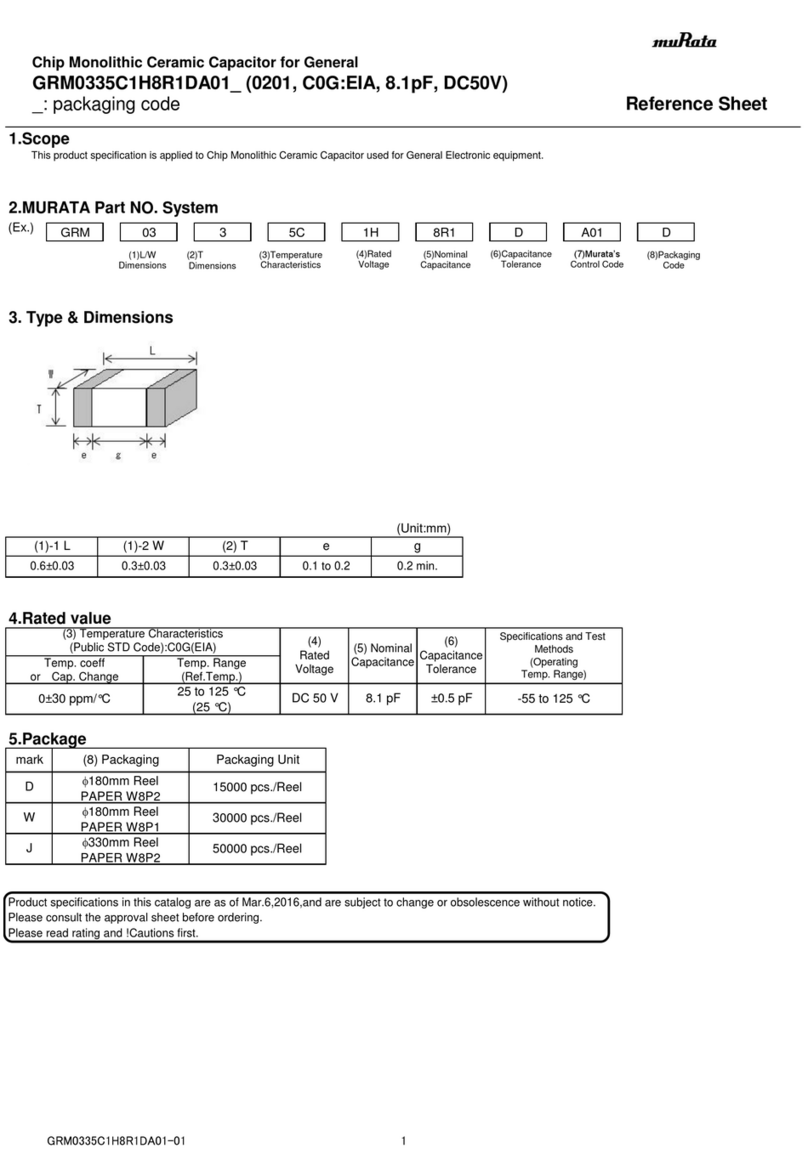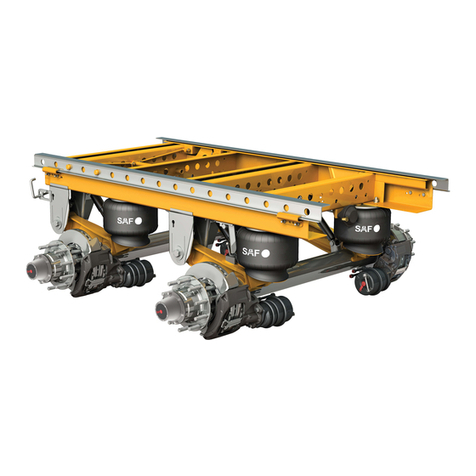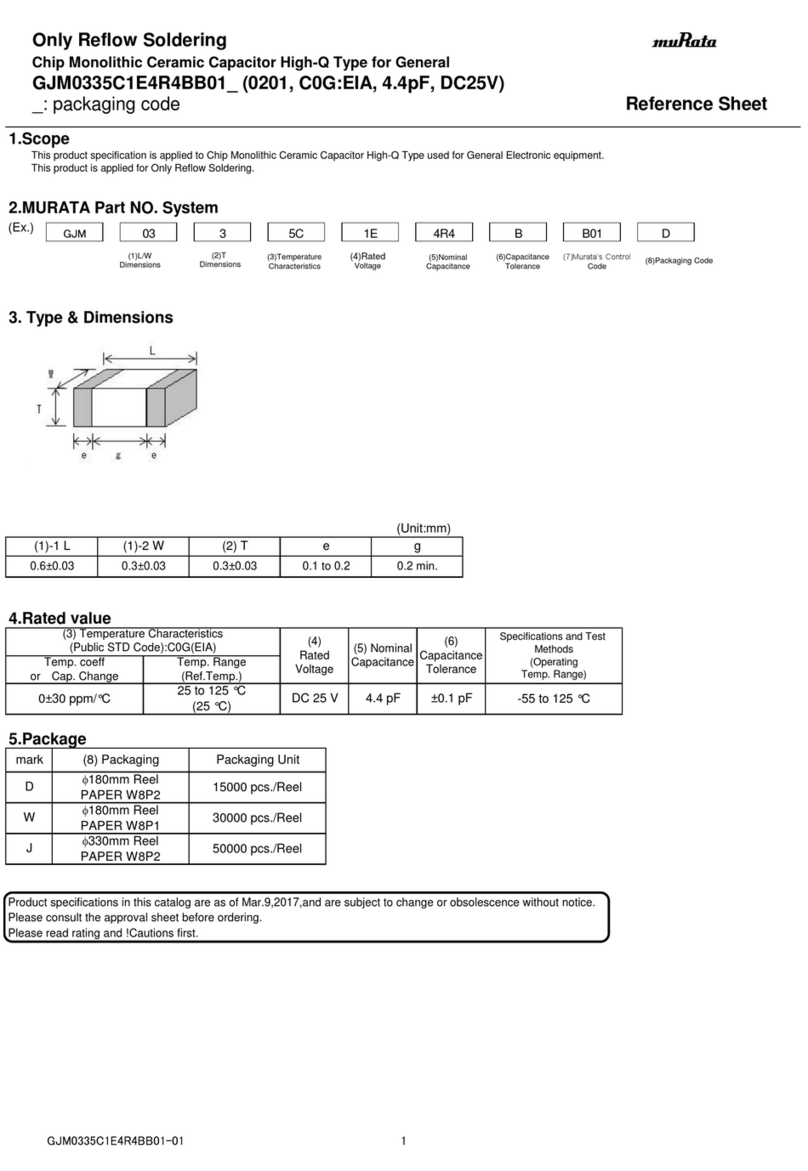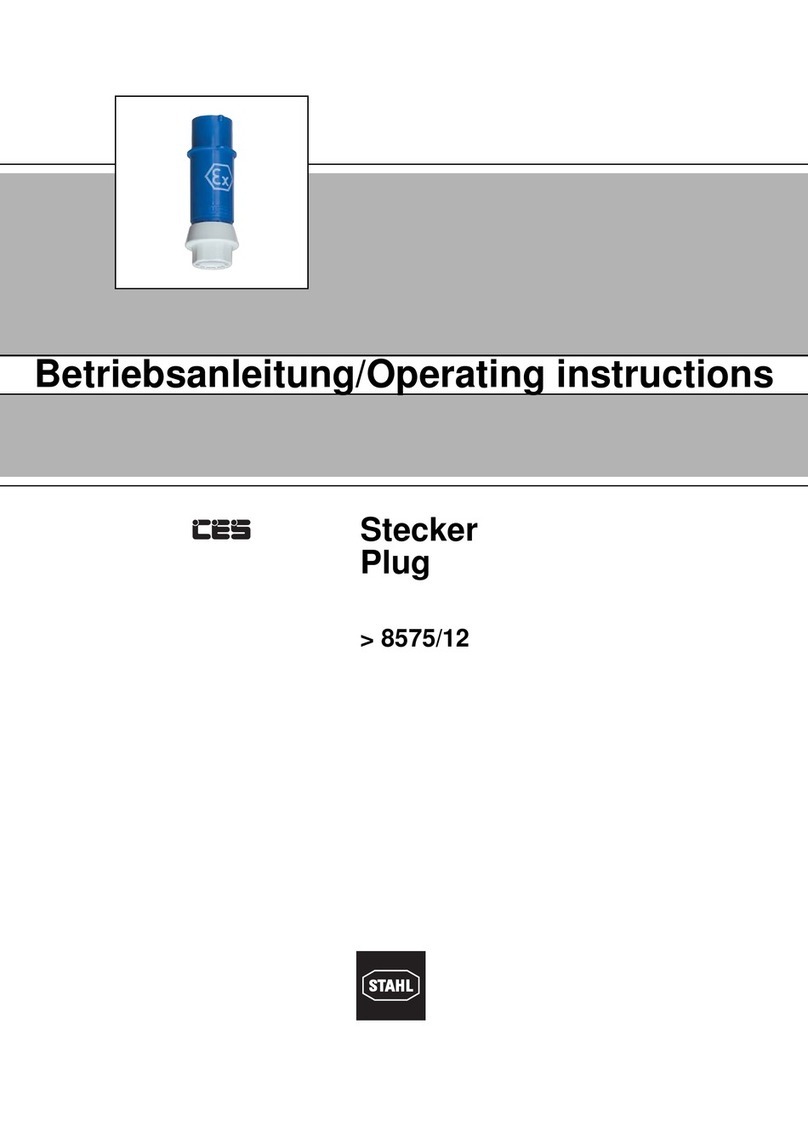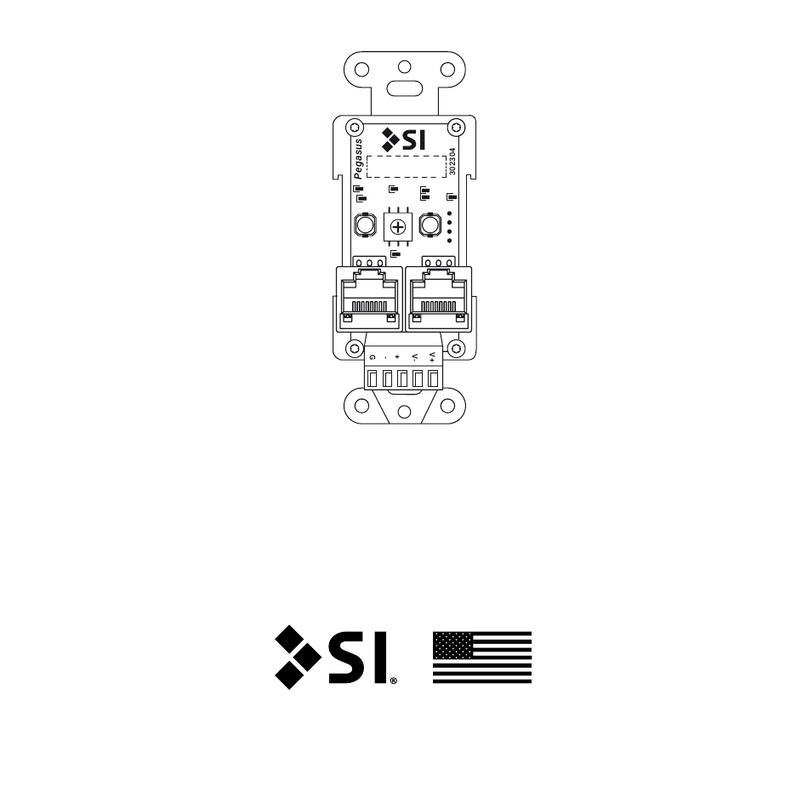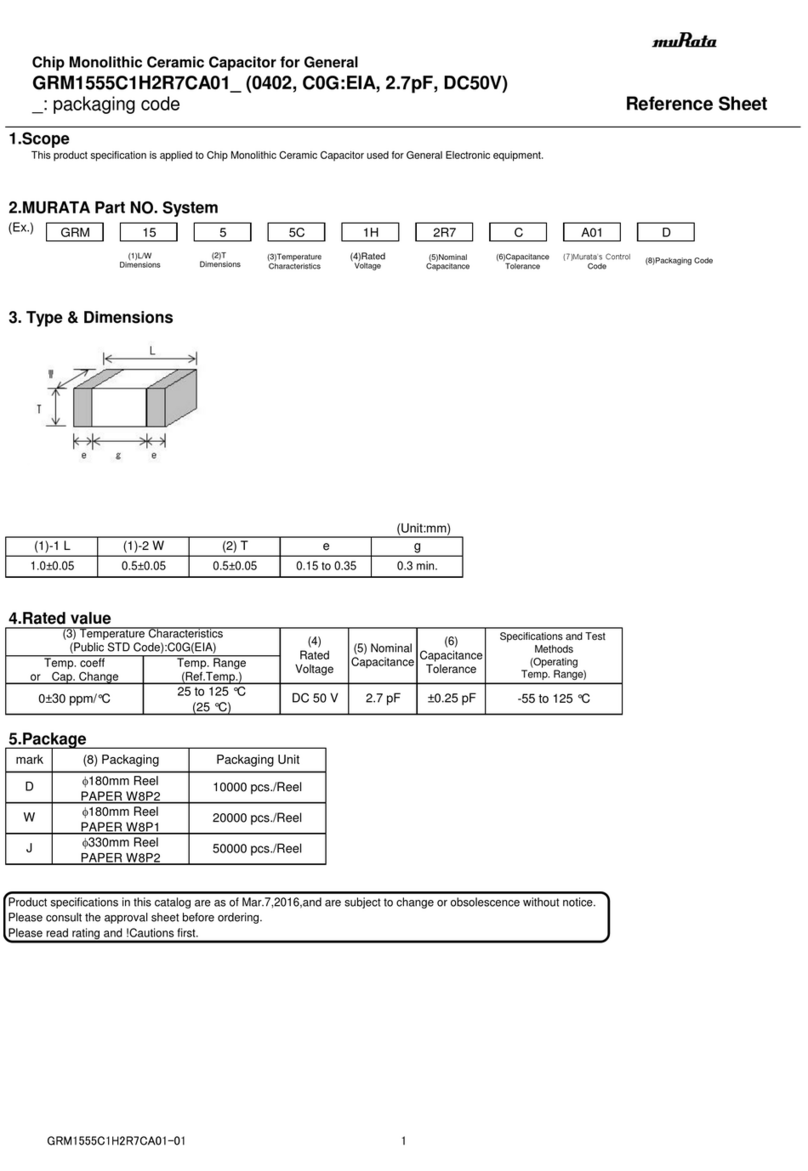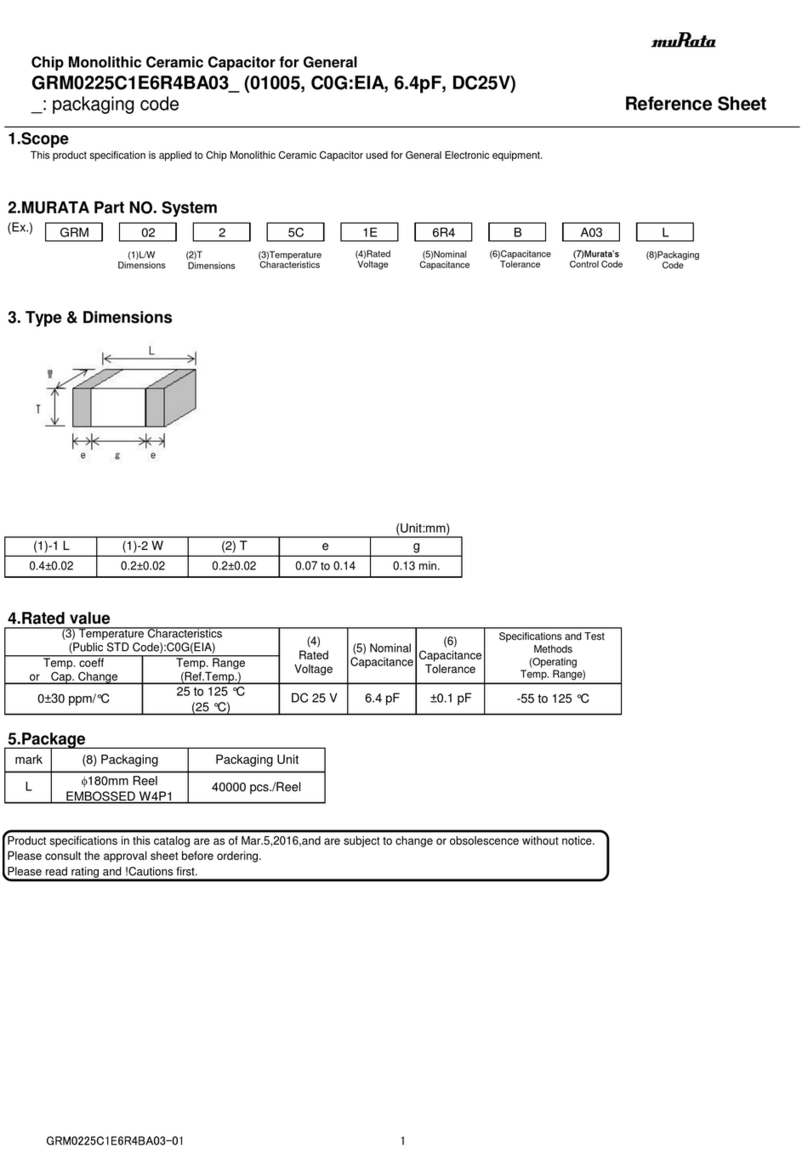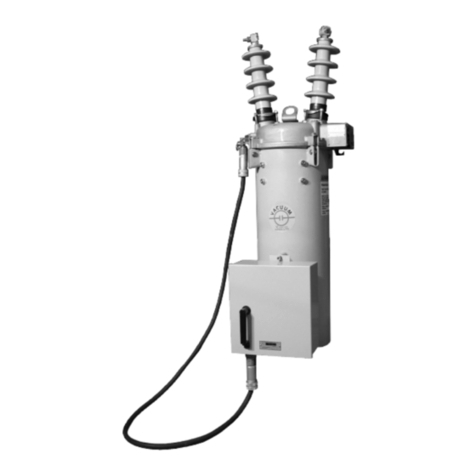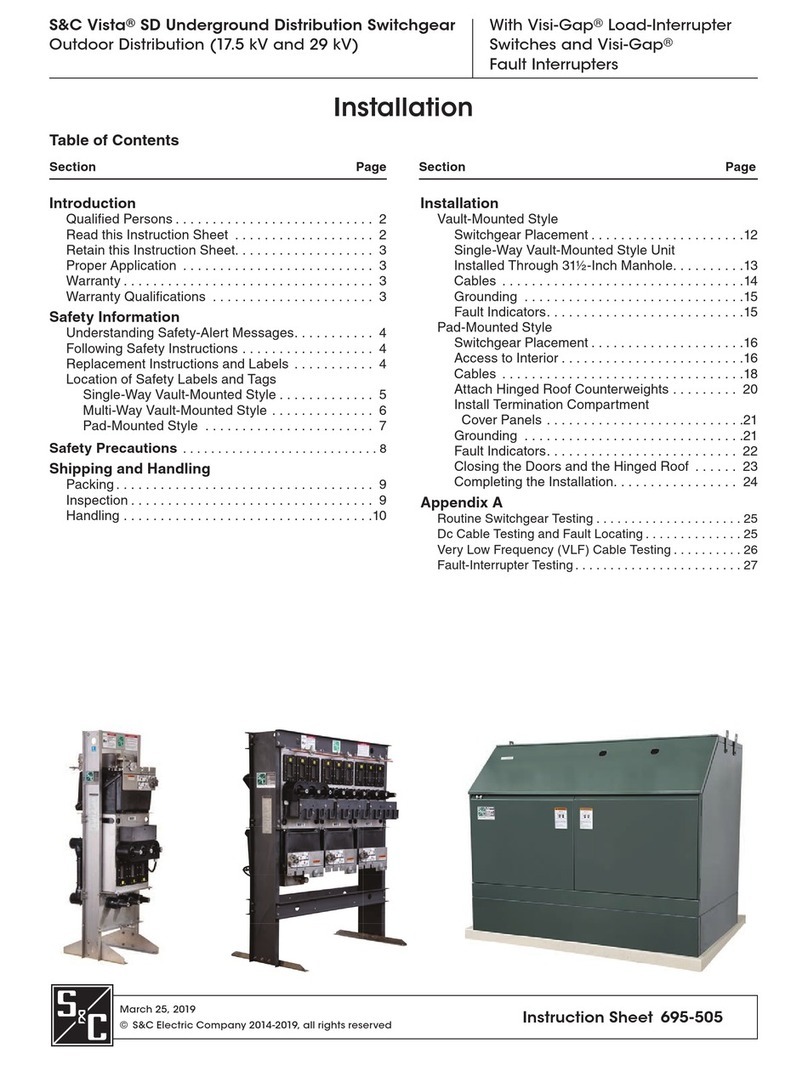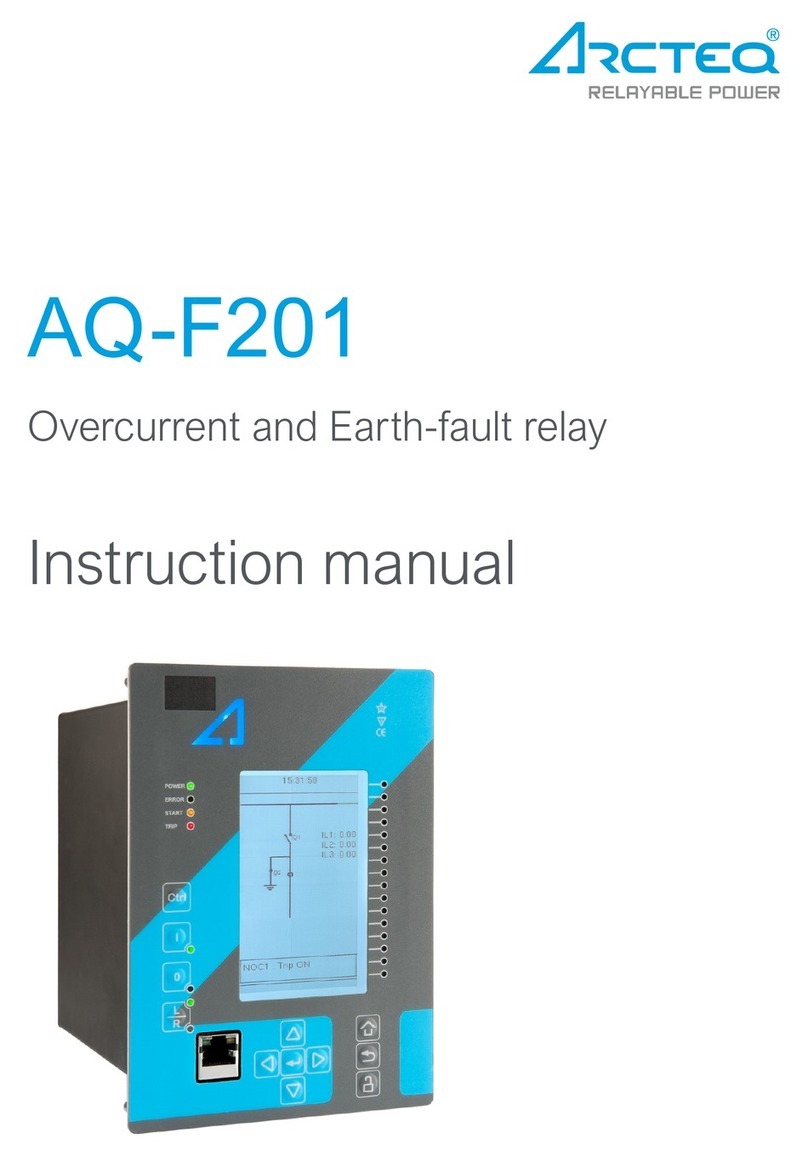
155
155
158
158
160
161
162
166
166
168
170
171
172
174
175
176
178
179
181
183
183
187
187
187
187
188
189
190
190
190
190
191
192
193
193
193
193
194
194
194
195
195
195
195
195
196
196
197
198
198
199
199
199
199
199
200
200
201
204
6.2. Analog fault registers . . . . . . . . . . . . . . . . . . . . . . . . . . . . . . . . . . . . . . . . . . . . . . . . . . . .
6.3. Real time measurements to communication . . . . . . . . . . . . . . . . . . . . . . . . . . . . . . . . . .
7. Connections and application examples . . . . . . . . . . . . . . . . . . . . . . . . . . . . . . . . . . . . . . . . .
7.1. Connections of AQ-E215 . . . . . . . . . . . . . . . . . . . . . . . . . . . . . . . . . . . . . . . . . . . . . . . . .
7.2. Application example and its connections . . . . . . . . . . . . . . . . . . . . . . . . . . . . . . . . . . . . .
7.3. Two-phase, three-wire ARON input connection . . . . . . . . . . . . . . . . . . . . . . . . . . . . . . . .
7.4. Trip circuit supervision (95) . . . . . . . . . . . . . . . . . . . . . . . . . . . . . . . . . . . . . . . . . . . . . . .
8. Construction and installation . . . . . . . . . . . . . . . . . . . . . . . . . . . . . . . . . . . . . . . . . . . . . . . . .
8.1. Construction . . . . . . . . . . . . . . . . . . . . . . . . . . . . . . . . . . . . . . . . . . . . . . . . . . . . . . . . . .
8.2. CPU module . . . . . . . . . . . . . . . . . . . . . . . . . . . . . . . . . . . . . . . . . . . . . . . . . . . . . . . . . .
8.3. Current measurement module . . . . . . . . . . . . . . . . . . . . . . . . . . . . . . . . . . . . . . . . . . . . .
8.4. Voltage measurement module . . . . . . . . . . . . . . . . . . . . . . . . . . . . . . . . . . . . . . . . . . . . .
8.5. Digital input module(optional) . . . . . . . . . . . . . . . . . . . . . . . . . . . . . . . . . . . . . . . . . . . . .
8.6. Digital output module (optional) . . . . . . . . . . . . . . . . . . . . . . . . . . . . . . . . . . . . . . . . . . . .
8.7. RTD & mA input module (optional) . . . . . . . . . . . . . . . . . . . . . . . . . . . . . . . . . . . . . . . . .
8.8. Serial RS-232 communication module (optional) . . . . . . . . . . . . . . . . . . . . . . . . . . . . . . .
8.9. LC 100 Mbps Ethernet communication module (optional) . . . . . . . . . . . . . . . . . . . . . . . .
8.10. Double ST 100 Mbps Ethernet communication module (optional) . . . . . . . . . . . . . . . . .
8.11. Double RJ45 10/100 Mbps Ethernet communication module (optional) . . . . . . . . . . . .
8.12. Milliampere (mA) I/O module (optional) . . . . . . . . . . . . . . . . . . . . . . . . . . . . . . . . . . . . .
8.13. Dimensions and installation . . . . . . . . . . . . . . . . . . . . . . . . . . . . . . . . . . . . . . . . . . . . . .
9. Technical data . . . . . . . . . . . . . . . . . . . . . . . . . . . . . . . . . . . . . . . . . . . . . . . . . . . . . . . . . . . . .
9.1. Hardware . . . . . . . . . . . . . . . . . . . . . . . . . . . . . . . . . . . . . . . . . . . . . . . . . . . . . . . . . . . . .
9.1.1. Measurements . . . . . . . . . . . . . . . . . . . . . . . . . . . . . . . . . . . . . . . . . . . . . . . . . . . .
9.1.1.1. Current measurement . . . . . . . . . . . . . . . . . . . . . . . . . . . . . . . . . . . . . . .
9.1.1.2. Voltage measurement . . . . . . . . . . . . . . . . . . . . . . . . . . . . . . . . . . . . . . .
9.1.1.3. Power and energy measurement . . . . . . . . . . . . . . . . . . . . . . . . . . . . . . .
9.1.1.4. Frequency measurement . . . . . . . . . . . . . . . . . . . . . . . . . . . . . . . . . . . . .
9.1.2. CPU & Power supply . . . . . . . . . . . . . . . . . . . . . . . . . . . . . . . . . . . . . . . . . . . . . . .
9.1.2.1. Auxiliary voltage . . . . . . . . . . . . . . . . . . . . . . . . . . . . . . . . . . . . . . . . . . . .
9.1.2.2. CPU communication ports . . . . . . . . . . . . . . . . . . . . . . . . . . . . . . . . . . . .
9.1.2.3. CPU digital inputs . . . . . . . . . . . . . . . . . . . . . . . . . . . . . . . . . . . . . . . . . . .
9.1.2.4. CPU digital outputs . . . . . . . . . . . . . . . . . . . . . . . . . . . . . . . . . . . . . . . . .
9.1.3. Option cards . . . . . . . . . . . . . . . . . . . . . . . . . . . . . . . . . . . . . . . . . . . . . . . . . . . . .
9.1.3.1. Digital input module . . . . . . . . . . . . . . . . . . . . . . . . . . . . . . . . . . . . . . . . .
9.1.3.2. Digital output module . . . . . . . . . . . . . . . . . . . . . . . . . . . . . . . . . . . . . . . .
9.1.3.3. Milliampere module (mA out & mA in) . . . . . . . . . . . . . . . . . . . . . . . . . . .
9.1.3.4. RTD & mA input module . . . . . . . . . . . . . . . . . . . . . . . . . . . . . . . . . . . . . .
9.1.3.5. RS-232 & serial ber communication module . . . . . . . . . . . . . . . . . . . . .
9.1.3.6. Double LC 100 MbpsEthernet communication module . . . . . . . . . . . . . .
9.1.4. Display . . . . . . . . . . . . . . . . . . . . . . . . . . . . . . . . . . . . . . . . . . . . . . . . . . . . . . . . . .
9.2. Functions . . . . . . . . . . . . . . . . . . . . . . . . . . . . . . . . . . . . . . . . . . . . . . . . . . . . . . . . . . . . .
9.2.1. Energy monitoring functions . . . . . . . . . . . . . . . . . . . . . . . . . . . . . . . . . . . . . . . . .
9.2.1.1. Non-directional overcurrent (I>; 50) . . . . . . . . . . . . . . . . . . . . . . . . . . . . .
9.2.1.2. Non-directional earth fault (I0>; 50N) . . . . . . . . . . . . . . . . . . . . . . . . . . . .
9.2.1.3. Directional overcurrent (Idir>; 67) . . . . . . . . . . . . . . . . . . . . . . . . . . . . . .
9.2.1.4. Directional earth fault (I0dir>; 67N) . . . . . . . . . . . . . . . . . . . . . . . . . . . . .
9.2.1.5. Intermittent earth fault (I0int>; 67NT) . . . . . . . . . . . . . . . . . . . . . . . . . . . .
9.2.1.6. Undervoltage (U<; 27) . . . . . . . . . . . . . . . . . . . . . . . . . . . . . . . . . . . . . . .
9.2.1.7. Neutral overvoltage (U0>; 59N) . . . . . . . . . . . . . . . . . . . . . . . . . . . . . . . .
9.2.2. Control functions . . . . . . . . . . . . . . . . . . . . . . . . . . . . . . . . . . . . . . . . . . . . . . . . . .
9.2.2.1. Setting group selection . . . . . . . . . . . . . . . . . . . . . . . . . . . . . . . . . . . . . .
9.2.2.2. Object control and monitoring . . . . . . . . . . . . . . . . . . . . . . . . . . . . . . . . .
9.2.3. Monitoring functions . . . . . . . . . . . . . . . . . . . . . . . . . . . . . . . . . . . . . . . . . . . . . . .
9.2.3.1. Voltage transformer supervision (60) . . . . . . . . . . . . . . . . . . . . . . . . . . . .
9.2.3.2. Disturbance recorder . . . . . . . . . . . . . . . . . . . . . . . . . . . . . . . . . . . . . . . .
9.2.3.3. Total harmonic distortion (THD) . . . . . . . . . . . . . . . . . . . . . . . . . . . . . . . .
9.3. Tests and environmental . . . . . . . . . . . . . . . . . . . . . . . . . . . . . . . . . . . . . . . . . . . . . . . . .
10. Ordering information . . . . . . . . . . . . . . . . . . . . . . . . . . . . . . . . . . . . . . . . . . . . . . . . . . . . . . .
AQ-E215
Instruction manual
Version: 2.01
